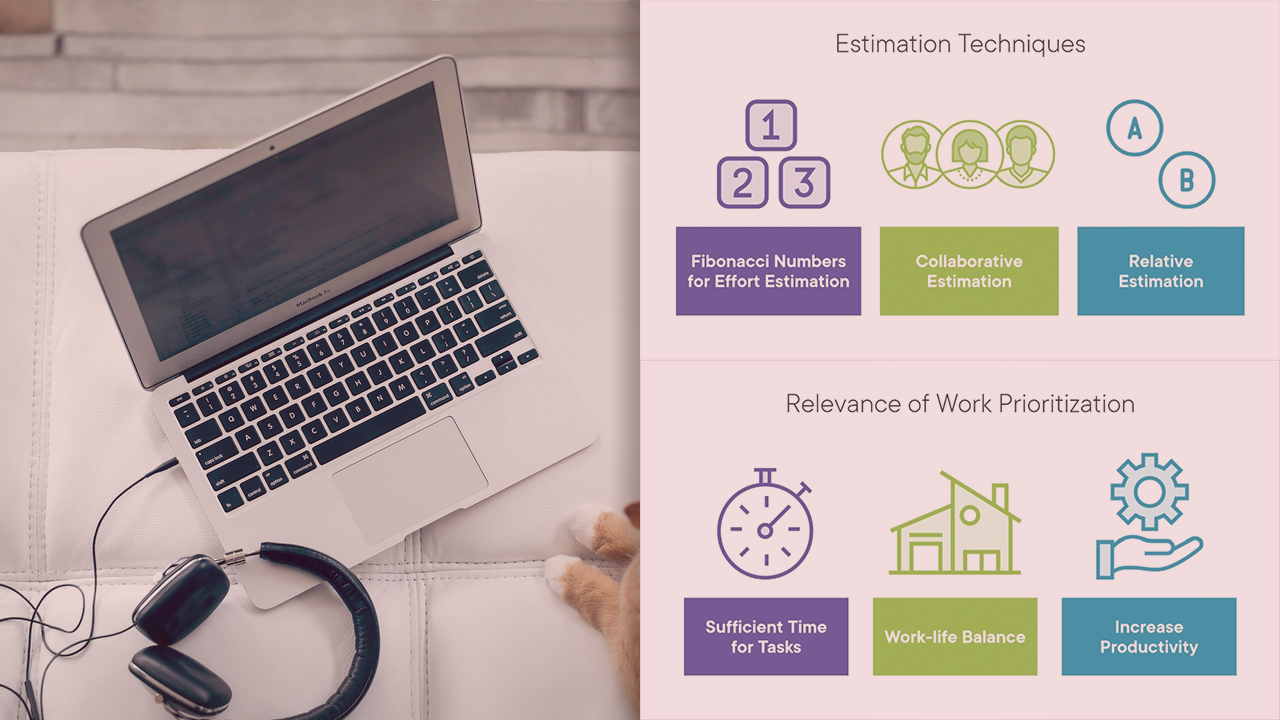- Course
Estimating the Work within Your Team - Get the Most Value by Doing the Work That Matters
This course will teach you how to effectively and efficiently manage your team by estimate the work that they are doing to identify what work tasks matters thereby getting the most value from the work that they are doing for the organization.

- Course
Estimating the Work within Your Team - Get the Most Value by Doing the Work That Matters
This course will teach you how to effectively and efficiently manage your team by estimate the work that they are doing to identify what work tasks matters thereby getting the most value from the work that they are doing for the organization.
Get started today
Access this course and other top-rated tech content with one of our business plans.
Try this course for free
Access this course and other top-rated tech content with one of our individual plans.
This course is included in the libraries shown below:
- Core Tech
What you'll learn
Managers are faced with many challenges particularly in how to manage a team effectively and efficiently to get the most value from the work that they are doing.
In this course, Estimating the Work within Your Team - Get the Most Value by Doing the Work That Matters, you’ll learn to effectively and efficiently manage your team by estimating the work that will be done, thereby getting the most value from the work that they are doing for the organization.
First, you’ll explore how to use the RICE (Reach, Impact, Confidence, and Effort) prioritization technique or framework to identify priority tasks for the team.
Next, you’ll discover what are the different ways of estimating work which include the following: (a) Fibonacci for effort estimation, (b) collaborative estimation for time-efficient estimation and (c) relative estimation. From this knowhow, you will be able to select the right estimation technique applicable to your work scenario.
Finally, you’ll learn how to apply common techniques to split the work that your team is doing thereby ensuring effective and efficient delegation.
When you’re finished with this course, you’ll have the skills and knowledge of estimating the work within your team which is needed to get the most value from the work that they are doing for the organization.

